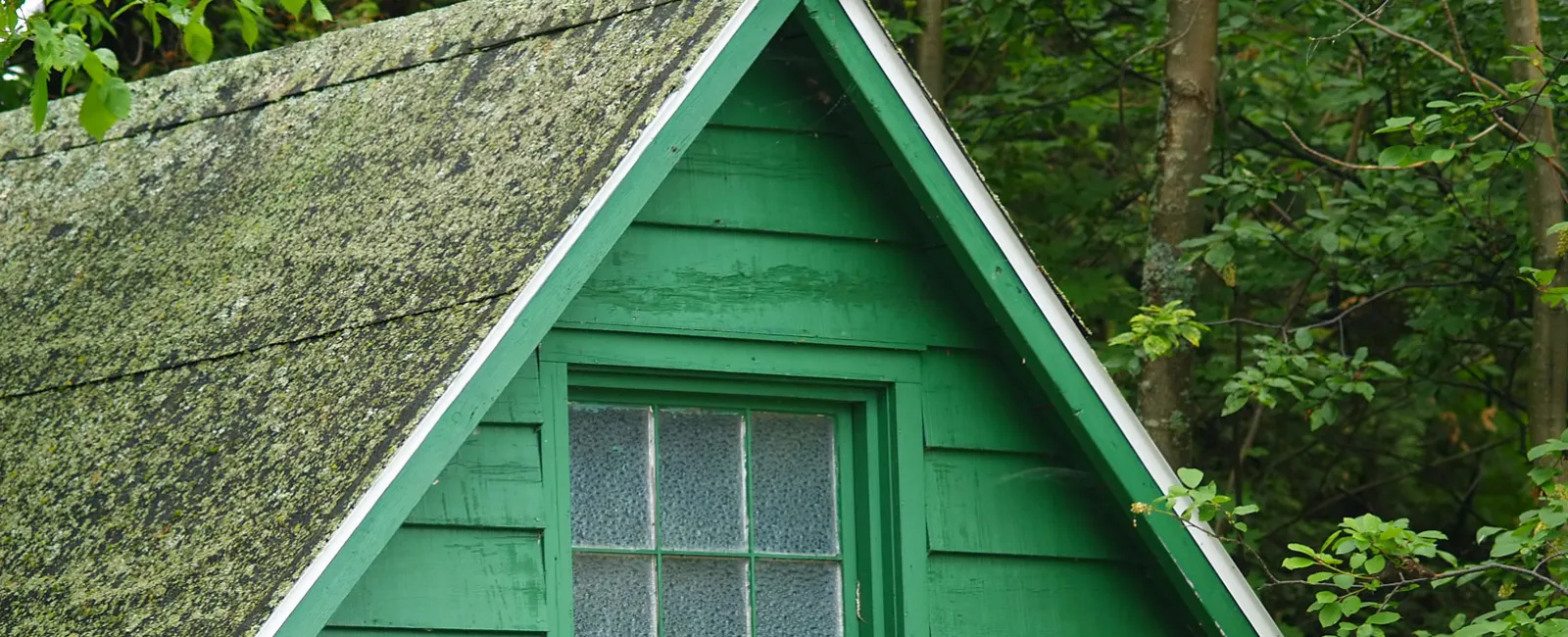Moss growth on a roof can be more than just an aesthetic concern—it can lead to serious damage if left untreated. Homeowners need to understand why moss develops, how it affects the roof, and the best methods for removal and prevention. Taking proactive steps can extend the life of your roof and maintain the structural integrity of your home.
Why Does Moss Grow on Roofs?
Moss thrives in damp, shaded areas, making rooftops an ideal environment, especially in regions with high humidity or frequent rainfall. North-facing roofs or those covered by trees are particularly susceptible. The spores of moss travel through the air and settle on moist surfaces, where they begin to grow and spread. Over time, moss can form thick layers, trapping even more moisture and accelerating its growth.
The Risks of Moss on Your Roof
While moss may give a house a rustic, aged look, it can cause significant damage to roofing materials. Moss holds moisture against the roof’s surface, which can lead to the degradation of shingles and underlying structures. In colder climates, this trapped moisture can freeze and expand, causing cracks and lifting shingles. This process, known as frost damage, weakens the roof and increases the likelihood of leaks.
Additionally, moss can create an uneven surface on the roof, making it easier for debris to accumulate. This buildup can clog gutters and prevent proper water drainage, increasing the risk of water damage to the home’s interior. Left unchecked, moss growth can shorten the lifespan of a roof, leading to costly repairs or even the need for a full roof replacement.
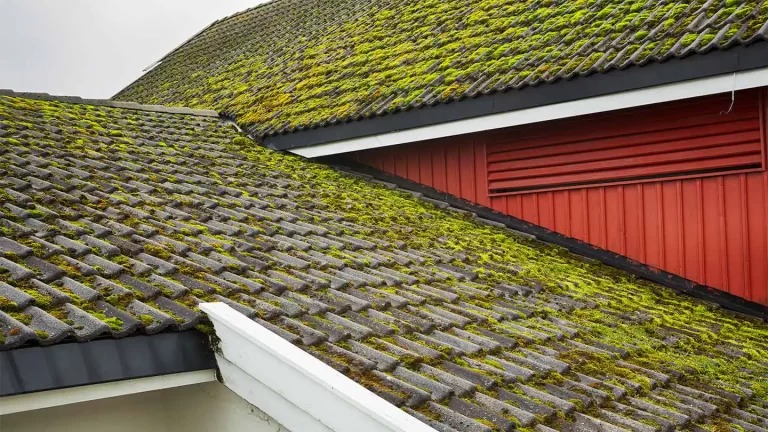
How to Safely Remove Moss from Your Roof
Removing moss requires a careful approach to avoid damaging the roof. Some homeowners may attempt DIY solutions, while others prefer to hire professionals for the task. The right method depends on the severity of the moss growth and the type of roofing material.
One common approach involves using a moss-killing solution designed for roofs. These solutions typically contain chemicals that kill moss while minimizing damage to shingles. Homeowners can apply the solution with a sprayer, allowing it to soak into the moss before gently removing it with a soft brush or low-pressure water. Harsh pressure washing is not recommended, as it can strip away protective granules on asphalt shingles and weaken the roof.
For those who prefer an eco-friendly method, a mixture of water and vinegar or a mild detergent can help break down moss. Another option is to use a long-handled brush to loosen moss manually, though this requires caution to prevent damage to the roof surface.
Preventing Moss Growth on Your Roof
Once moss has been removed, taking steps to prevent regrowth is essential. Improving roof drainage and increasing sunlight exposure are two of the most effective preventative measures. Trimming overhanging branches can reduce shade and allow the roof to dry more quickly after rain. Keeping gutters clean and free of debris also helps prevent moisture buildup.
Installing zinc or copper strips along the roof ridge can provide long-term protection. When it rains, these metals release natural elements that inhibit moss growth. Many homeowners find this to be a cost-effective way to reduce future maintenance.
Regular roof maintenance is key to preventing moss from returning. Inspecting the roof at least twice a year for signs of moss, algae, or debris can help catch problems early before they become severe. A professional roof inspection can also identify potential vulnerabilities and recommend solutions tailored to your home’s specific needs.
Choosing the Right Professionals for Moss Removal
While some homeowners are comfortable handling minor moss growth on their own, severe cases often require professional intervention. Roofing contractors and moss removal specialists have the experience and equipment necessary to remove moss safely and efficiently.
When selecting a professional, it’s important to choose a company with a solid reputation and experience in roof moss removal. Checking reviews, asking for references, and ensuring they use non-damaging methods can help homeowners find a reliable service provider.
The cost of professional moss removal varies based on the size of the roof, the level of moss growth, and the difficulty of access. While it may seem like an additional expense, investing in professional maintenance can save money in the long run by extending the life of the roof and preventing costly repairs.
The Importance of Regular Roof Maintenance
Beyond moss removal, routine roof maintenance plays a crucial role in preserving the integrity of a home. A well-maintained roof not only enhances curb appeal but also protects the home from water damage, insulation problems, and structural deterioration.
Regularly checking for missing or damaged shingles, clearing debris, and addressing minor issues promptly can prevent larger, more expensive repairs. Homeowners should also ensure that attic ventilation and insulation are adequate, as poor airflow can contribute to moisture retention, creating ideal conditions for moss growth.
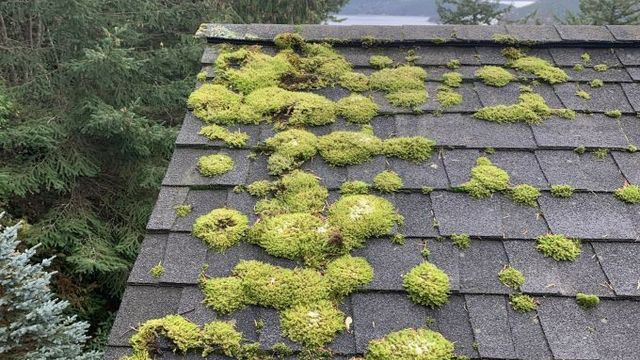
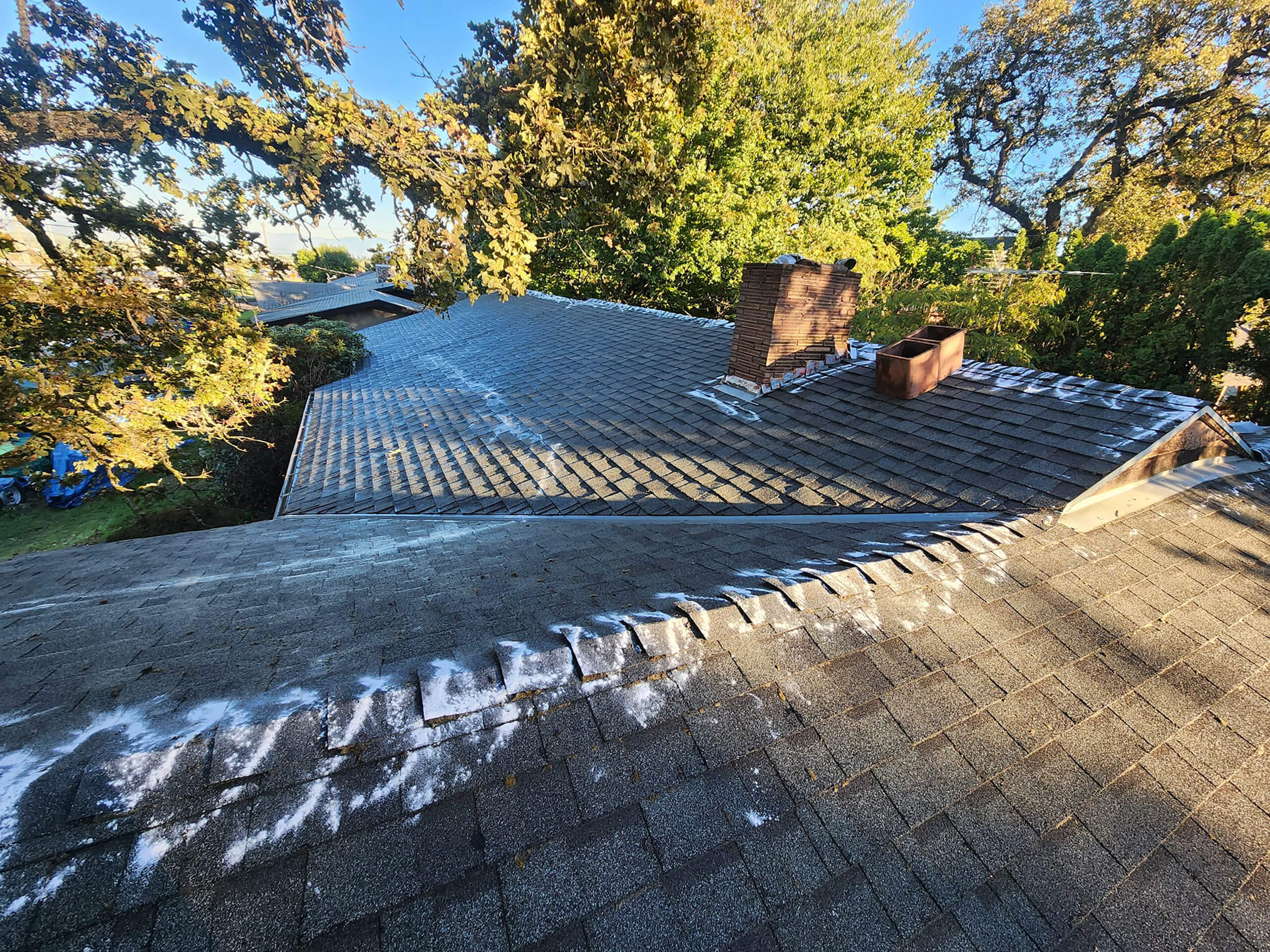
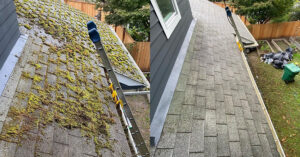 Moss thrives in damp, shaded environments and can quickly spread across your roof if left untreated. While some homeowners attempt to remove moss themselves, professional services are often the best solution. Experts use specialized equipment and cleaning solutions that remove moss effectively without damaging the roof. Additionally, professional services can apply preventative treatments to inhibit future growth, ensuring long-term protection.
Moss thrives in damp, shaded environments and can quickly spread across your roof if left untreated. While some homeowners attempt to remove moss themselves, professional services are often the best solution. Experts use specialized equipment and cleaning solutions that remove moss effectively without damaging the roof. Additionally, professional services can apply preventative treatments to inhibit future growth, ensuring long-term protection.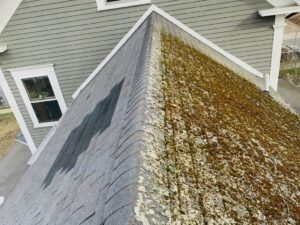
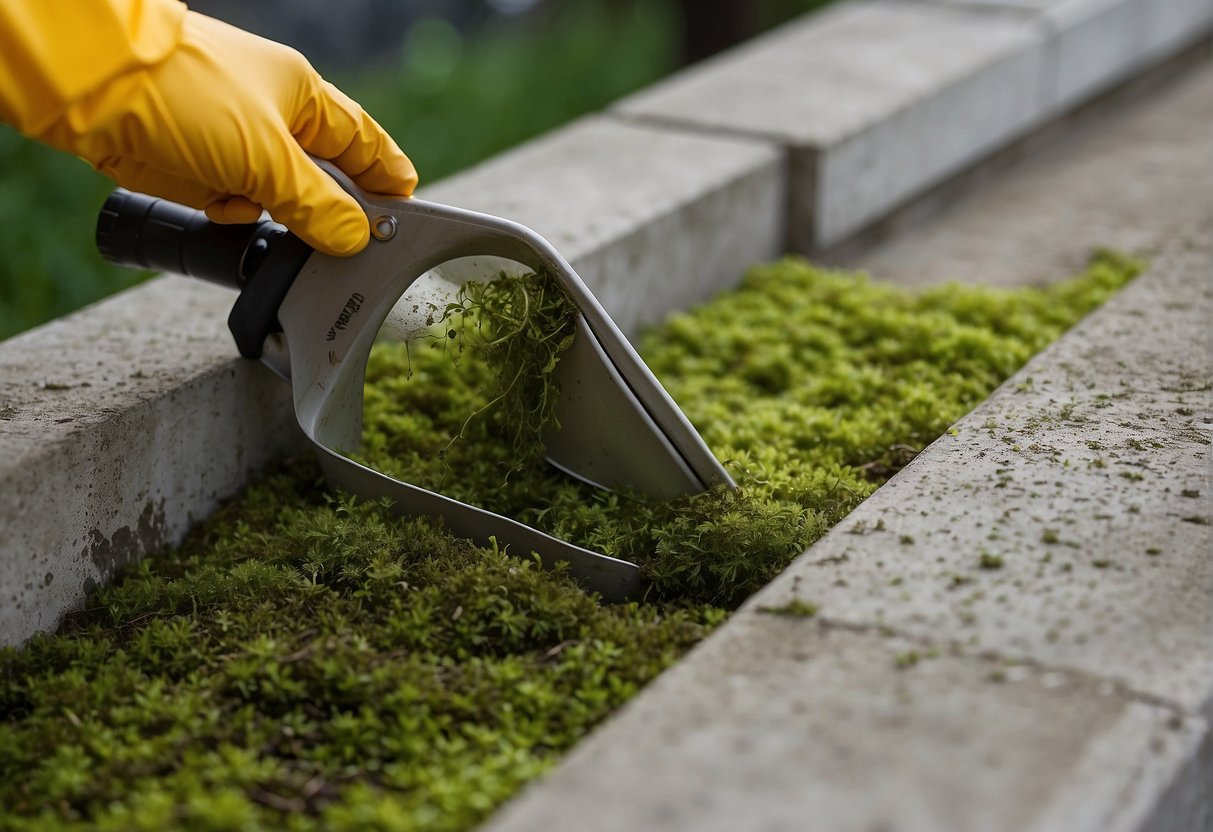
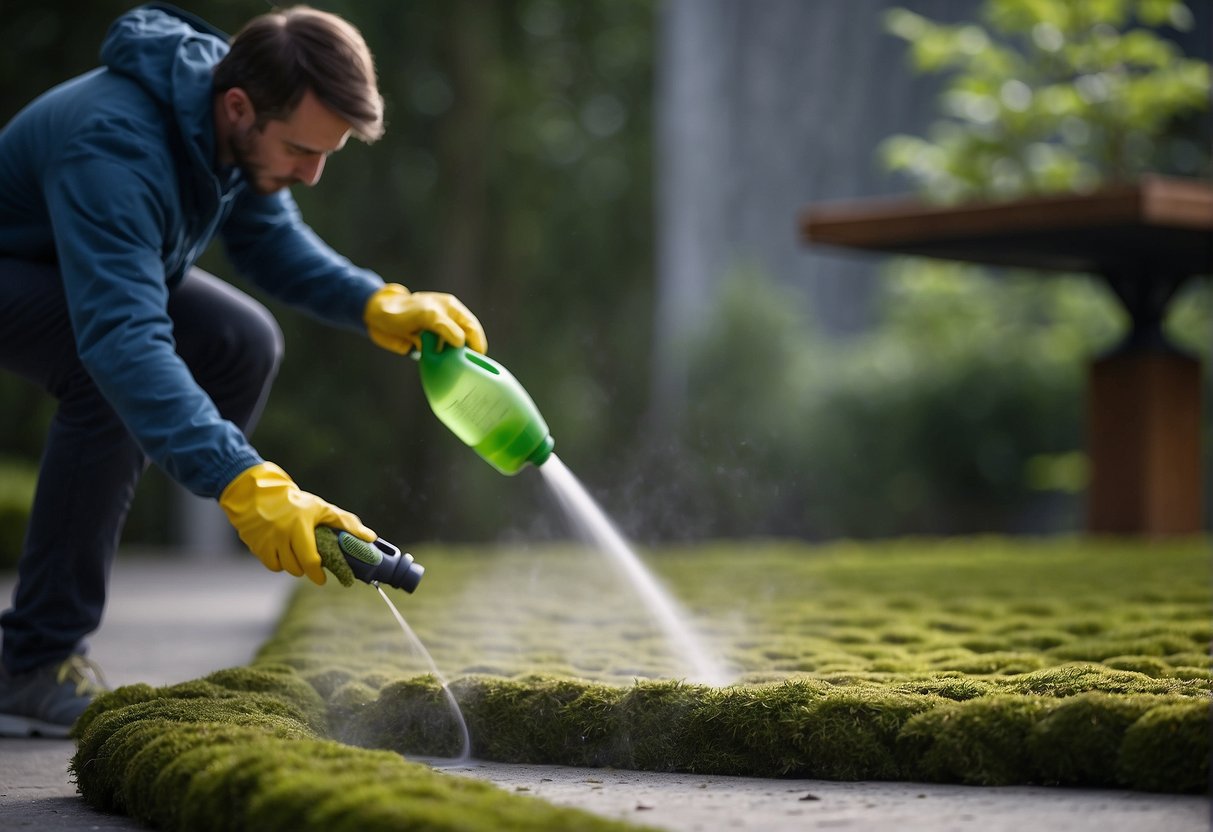
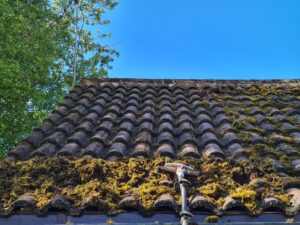 Once moss has been removed, taking preventive measures can help ensure it does not return. One of the most effective strategies is to increase sunlight exposure by trimming overhanging tree branches. This reduces shade and allows the roof to dry more quickly after rain or condensation.
Once moss has been removed, taking preventive measures can help ensure it does not return. One of the most effective strategies is to increase sunlight exposure by trimming overhanging tree branches. This reduces shade and allows the roof to dry more quickly after rain or condensation.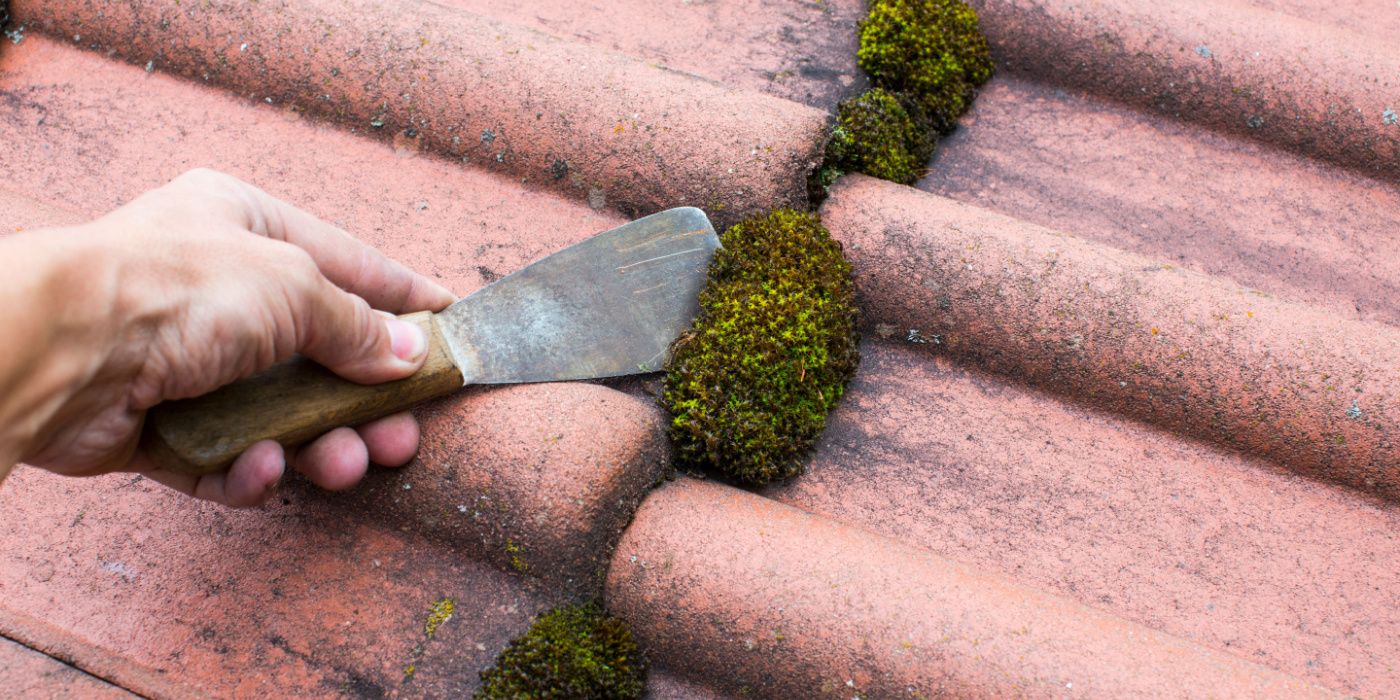
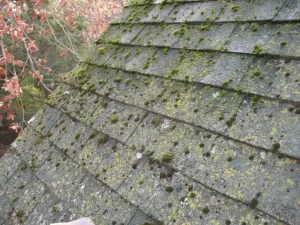 Moisture is the primary factor contributing to moss growth on roofs. Moss thrives in damp environments, absorbing and retaining water, which allows it to spread rapidly. Areas with frequent rainfall, high humidity, or persistent fog create ideal conditions for moss to establish itself. Additionally, roofs shaded by trees or structures remain damp for extended periods, further encouraging moss proliferation.
Moisture is the primary factor contributing to moss growth on roofs. Moss thrives in damp environments, absorbing and retaining water, which allows it to spread rapidly. Areas with frequent rainfall, high humidity, or persistent fog create ideal conditions for moss to establish itself. Additionally, roofs shaded by trees or structures remain damp for extended periods, further encouraging moss proliferation.